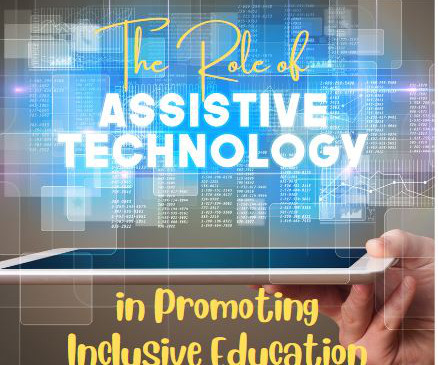Raising the Smart Classroom’s IQ – By Dr. Paul Fornelli
ViewSonic Education
OCTOBER 6, 2023
Smart Classrooms have become popular because they provide a flexible, self-paced learning environment; one that levels the playing field for students by making education more accessible to all types of learners. Given the surge in Smart Classroom technology requirements, the demands on these IT professionals gets ratcheted up ever further.















Let's personalize your content